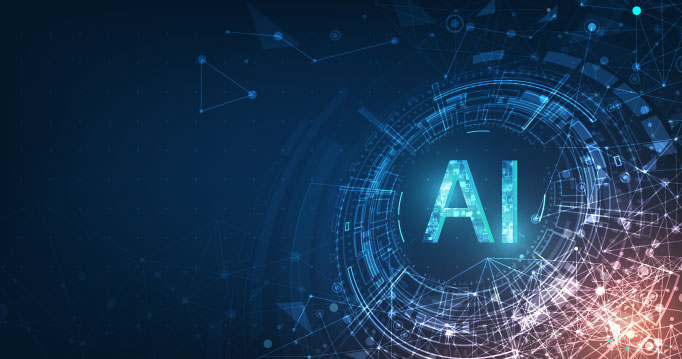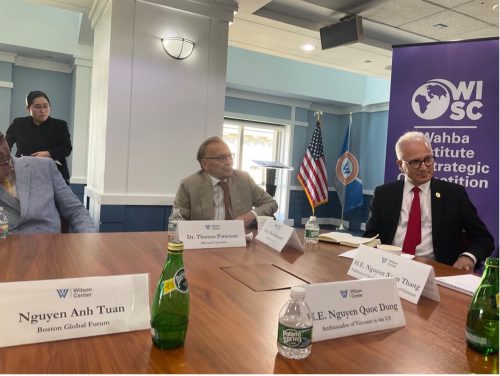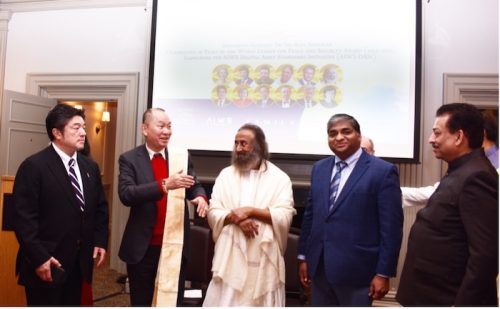To incentivize, protect, and encourage investment in innovations made possible through the use of artificial intelligence (AI), and to provide the clarity to the public and United States Patent and Trademark Office (USPTO) employees on the patentability of AI-assisted inventions, the USPTO has published guidance in the Federal Register. This guidance delivers on the USPTO’s obligations under the Executive Order on the Safe, Secure, and Trustworthy Development and Use of Artificial Intelligence.
“The patent system was developed to incentivize and protect human ingenuity and the investments needed to translate that ingenuity into marketable products and solutions,” said Kathi Vidal, Under Secretary of Commerce for Intellectual Property and Director of the USPTO. “The patent system also incentivizes the sharing of ideas and solutions so that others may build on them. The guidance strikes a balance between awarding patent protection to promote human ingenuity and investment for AI-assisted inventions while not unnecessarily locking up innovation for future developments. The guidance does that by embracing the use of AI in innovation and focusing on the human contribution.”
The guidance, which goes into effect February 13, makes clear that AI-assisted inventions are not categorically unpatentable. The guidance provides instructions to examiners and stakeholders on how to determine whether the human contribution to an innovation is significant enough to qualify for a patent when AI also contributed. It builds on the existing inventorship framework by providing instructions to examiners and applicants on determining the correct inventor(s) to be named in a patent or patent application for inventions created by humans with the assistance of one or more AI systems. It states that patent protection may be sought for inventions in which a human provided a significant contribution to the invention.
In the realm of AI-assisted inventions, as set forth below, the USPTO has outlined certain guiding principles intended to assist patent applicants and USPTO personnel in determining whether a natural person’s contribution to an AI-assisted invention is “significant.”
- Natural Person’s Use of AI: Utilizing an AI system in the invention process does not disqualify a natural person from being considered an inventor. If the individual makes a significant contribution to the AI-assisted invention, they may be recognized as an inventor or co-inventor.
- Problem Recognition and Research Goals: Simply identifying a problem or having a broad research objective does not qualify as conception for inventorship. A person who merely presents a problem to an AI system is not automatically an inventor of the resulting invention. However, if the individual significantly shapes the AI prompt to produce a specific solution, this could be considered a significant contribution.
- Reduction to Practice: The act of reducing an invention to practice (e.g., making or describing something that actually works) by itself does not constitute a significant contribution to inventorship. A person who merely acknowledges the AI system’s output as an invention, especially when its use and function are obvious to those skilled in the field, is not necessarily an inventor. Yet, a person who enhances the AI’s output in a meaningful way or who successfully experiments with the output may be considered an inventor, even if conception (i.e., recognizing and appreciating the invention) is only established after the invention is reduced to practice.
- Development of Essential Building Blocks: An individual who creates a fundamental component that leads to the claimed invention may be seen as having made a significant contribution to the invention’s conception, even if they were not involved in every step that led to the invention. This includes those who design, build, or train an AI system specifically to address a problem and elicit a particular solution. This may be considered a significant contribution to the resulting invention.
- “Intellectual Domination” Over AI: Merely having control or oversight over an AI system does not make someone an inventor of inventions produced through the AI system. Ownership or management of the AI system, without a substantial contribution to the invention’s conception, does not confer inventorship.
These principles emphasize the importance of a natural person’s active and significant contribution to the conception and development of an AI-assisted invention. The USPTO’s Guidance aims to clarify the complex issue of inventorship in the context of AI and ensure that proper credit is given to those who contribute to the creation of new inventions. Patent practitioners should carefully consider these principles when determining inventorship in AI-assisted inventions to ensure their patent applications align with USPTO expectations and legal standards.
https://www.lexology.com/library/detail.aspx?g=c63f6b9f-9e6a-4a8d-bedb-694a73c9e50a











